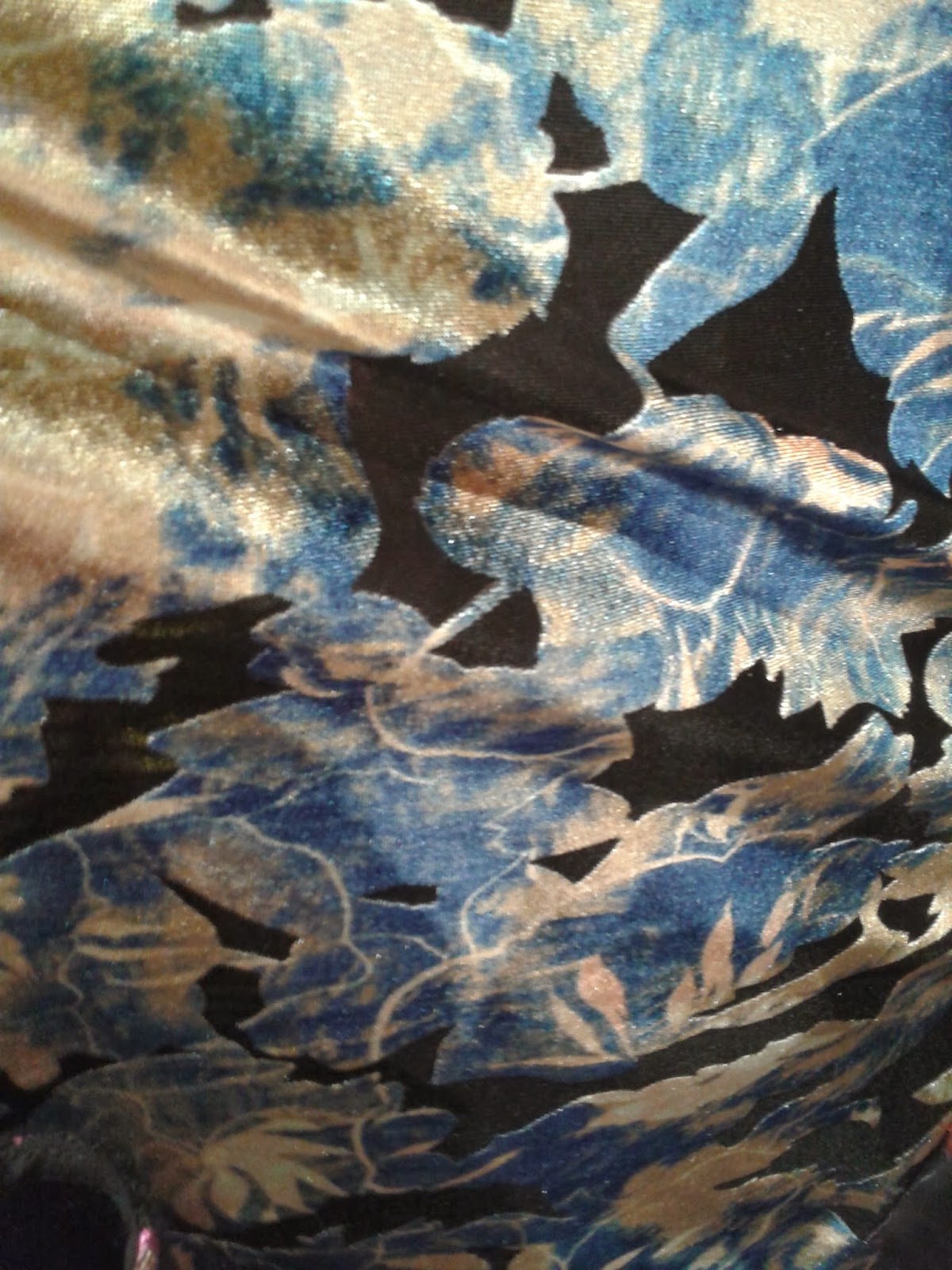Rough Guide required my group to ‘map’ Chinatown and Soho. This helped me discover a bit about people on my course, a bit about areas of London I only had touristy knowledge of, and how to work quickly enough to create 100 pages for our book in one evening! Balancing time well has been a key part of this unit- each week our lectures posed new issues to consider and extra tasks to complete alongside our practical work. Immediately I thought- I’ve got to stay on top of all this! Although setting up this blog has been a new venture, I found the format actually encourages good time management. Like an online diary, the ability to create posts that people (like you, hello there!) can instantly access, and to share visually inspiring imagery that helps convey my ideas, quickly appealed. I enjoyed personalising my blog name, banner and the layout of each post; I’m learning that the clarity achieved through selectively refining work is the best way to present a clear concept- both in written and practical terms.
I’ve also discovered I’m an ideas-led person: my Rough Guide work went from general mapping, to a focus on doors, then specifically intercoms, to the idea of pushing buttons and playing around. I wish I’d been even more ‘posting’-happy when I began blogging, as its fascinating to have a record of all the little influences that have shaped idea development. It’s an aim I’ll work on for the start of my future projects! I’ve enjoyed referring to ‘Pinterest’ almost like a visual source blog, due to the vast amount of imagery it contains, which then sparks off countless other ideas. Visiting lesser-known galleries and exhibitions in link with our lecture series has reminded me that inspiration can be found all over this city…and I can’t wait to keep broadening my perspective and discovering more as the course progresses!



























































